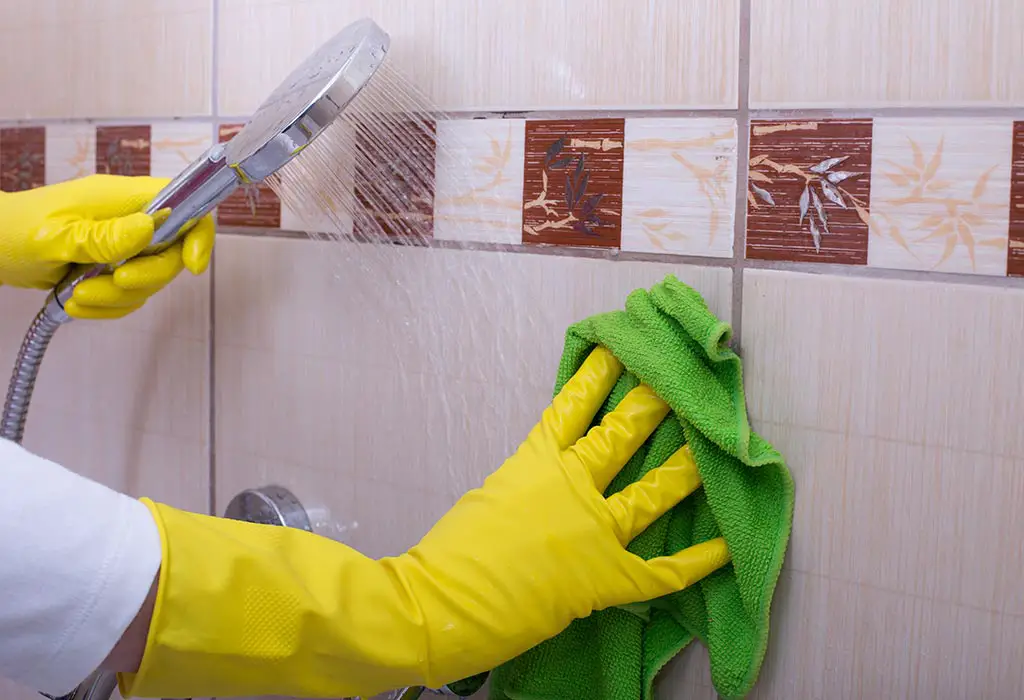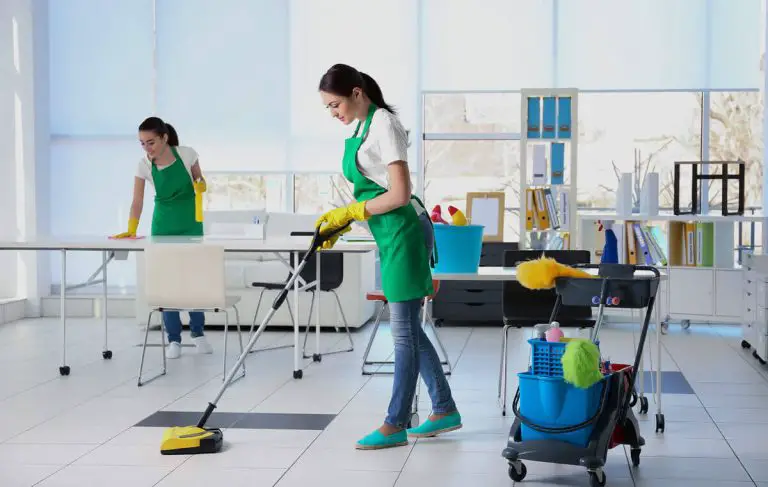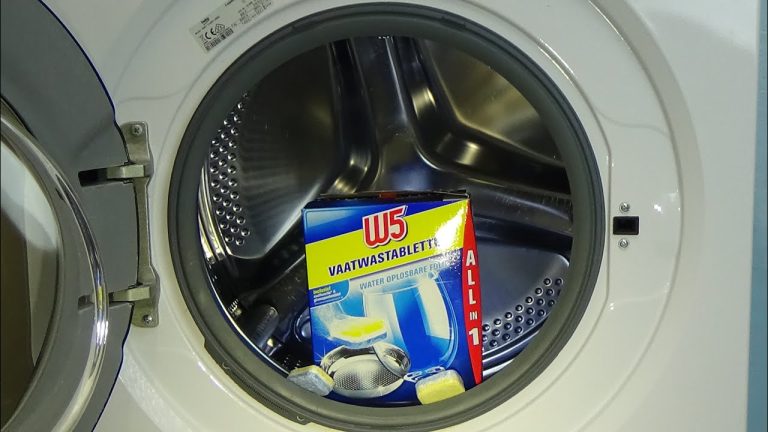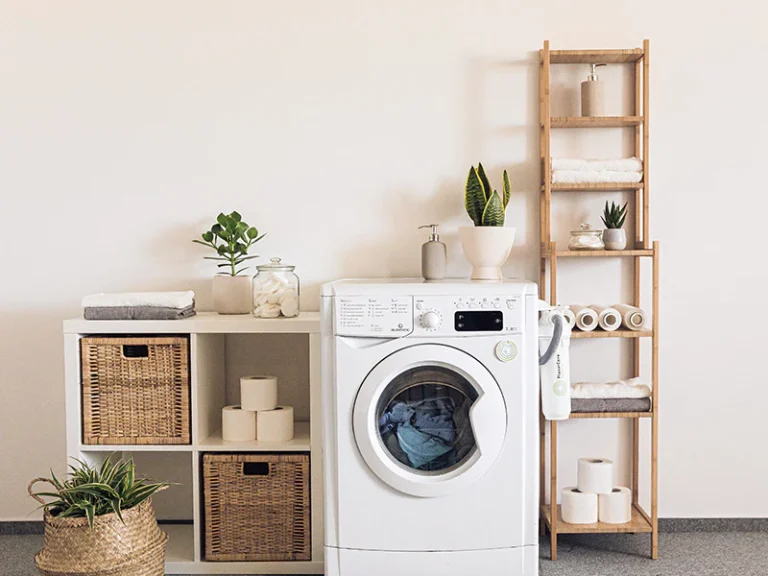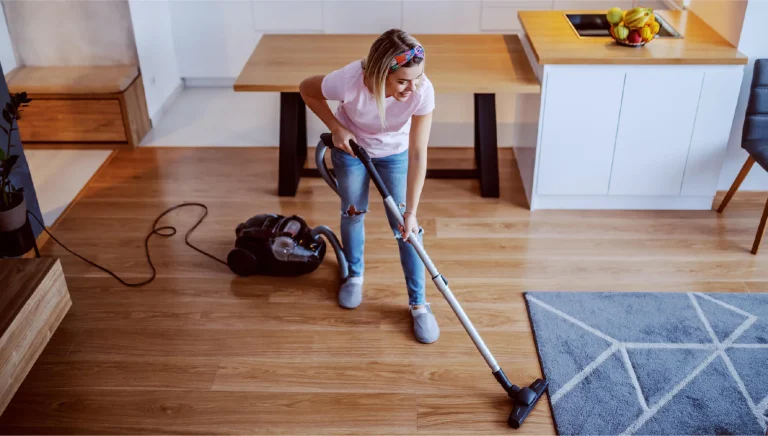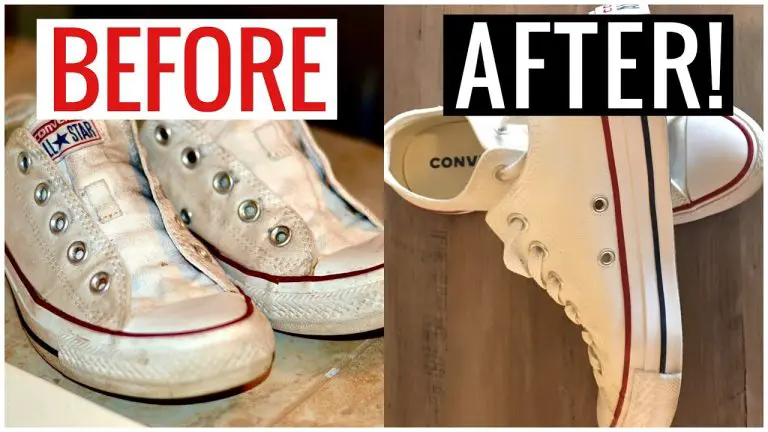How to Clean Your Bathroom Tiles
Bathroom tiles can quickly become dirty and grimy due to exposure to moisture, soap scum, and other build-ups. Cleaning your bathroom tiles regularly not only makes them look better but also helps prevent mold and mildew growth. Proper cleaning techniques can also help extend the life of your tiles. However, it’s important to use the right cleaning products and techniques to avoid damaging the tiles or grout. In this guide, we will discuss some effective and safe ways to clean your bathroom tiles and keep them looking their best. Whether you have ceramic, porcelain, or natural stone tiles, these tips will help you achieve a clean and sparkling bathroom.
Importance of Cleaning Bathroom Tiles Regularly
Regular cleaning of bathroom tiles is essential for maintaining a clean and hygienic environment in your home. Bathroom tiles can quickly become dirty due to exposure to moisture, soap scum, and other build-ups, which can promote the growth of bacteria, mold, and mildew. These contaminants not only create an unpleasant odor but can also pose a health risk, especially for individuals with respiratory problems or weakened immune systems.
Moreover, neglecting to clean bathroom tiles regularly can lead to permanent discoloration and damage to the tiles and grout. This can result in costly repairs or replacements down the road. By establishing a regular cleaning routine and using the right cleaning products and techniques, you can keep your bathroom tiles looking their best and extend their lifespan.
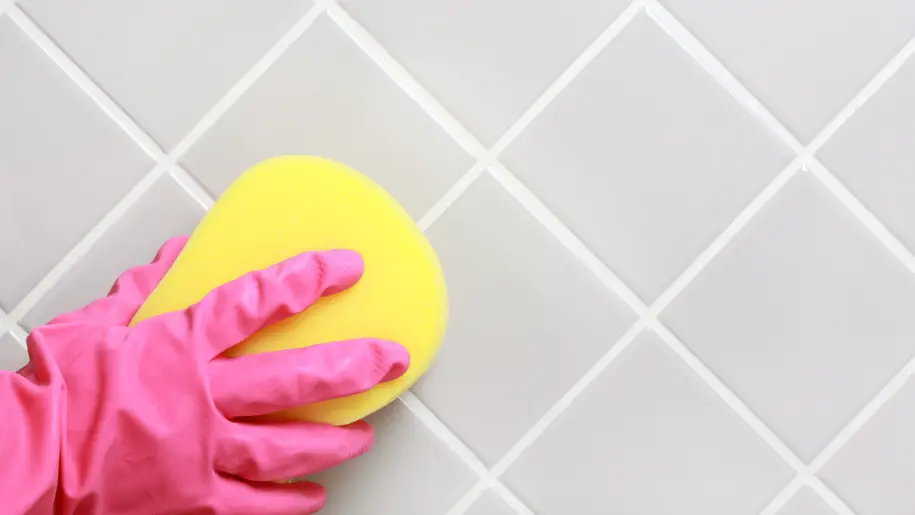
Credit: www.cleanhome.sg
Cleaning Products Safe for Tiles
When it comes to cleaning bathroom tiles, it’s important to use products that are safe and effective for the type of tile you have. Here are some cleaning products that are generally safe to use on most types of bathroom tiles:
- Mild soap and water: A simple solution of mild soap and water is usually safe for cleaning most types of bathroom tiles. Mix a few drops of mild dish soap with warm water, and use a sponge or cloth to clean the tiles.
- Vinegar: Vinegar is a natural and effective cleaner that can be used to remove stains and soap scum from bathroom tiles. Mix equal parts of white vinegar and water in a spray bottle, spray the solution onto the tiles, and wipe with a damp sponge or cloth.
- Baking soda: Baking soda is a gentle abrasive that can be used to remove tough stains and grime from bathroom tiles. Mix baking soda with a small amount of water to create a paste, apply the paste to the tiles, and scrub with a soft brush or sponge.
- Commercial tile cleaners: There are also commercial tile cleaners available that are safe for use on most types of bathroom tiles. Be sure to read the label and follow the instructions carefully to avoid damaging the tiles or grout.
Always test any cleaning product on a small, inconspicuous area of your bathroom tiles before using it on the entire surface. This will help ensure that the product is safe and won’t cause damage or discoloration.
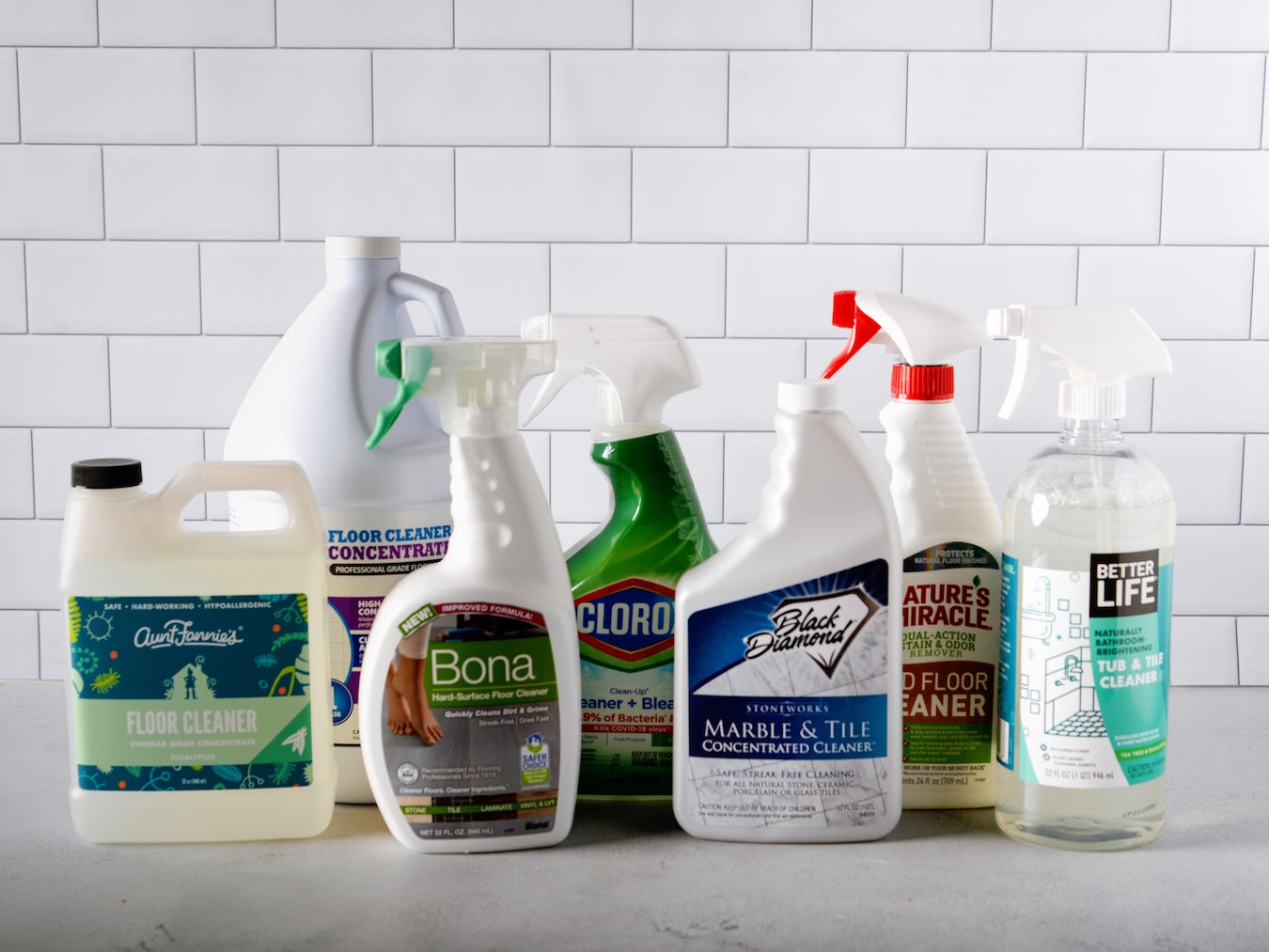
Credit: www.bobvila.com
Cleaning Tools Such as Scrub Brushes, Sponges, and Cloths
Having the right cleaning tools is essential for effectively cleaning bathroom tiles without damaging them. Here are some common cleaning tools that can be used for cleaning bathroom tiles:
Scrub brush: A stiff-bristled scrub brush is ideal for cleaning grout lines between tiles. Choose a brush with bristles that are firm enough to remove dirt and stains but not so stiff that they scratch the tiles.
Sponge: A soft sponge is a versatile tool that can be used to clean both tiles and grout. Choose a sponge with a non-abrasive side for gentle cleaning and a rougher side for more stubborn stains.
Microfiber cloth: A microfiber cloth is great for wiping down and polishing bathroom tiles after cleaning. Microfiber cloths are gentle on tile surfaces and won’t leave behind lint or streaks.
Toothbrush: A toothbrush is a small and precise tool that can be used to clean hard-to-reach areas or small stains on bathroom tiles.
When using cleaning tools, be sure to avoid using abrasive materials such as steel wool or harsh scrubbing pads, which can scratch or damage the tile surface. Additionally, it’s important to keep cleaning tools clean and replace them regularly to avoid transferring dirt or bacteria to your tiles.
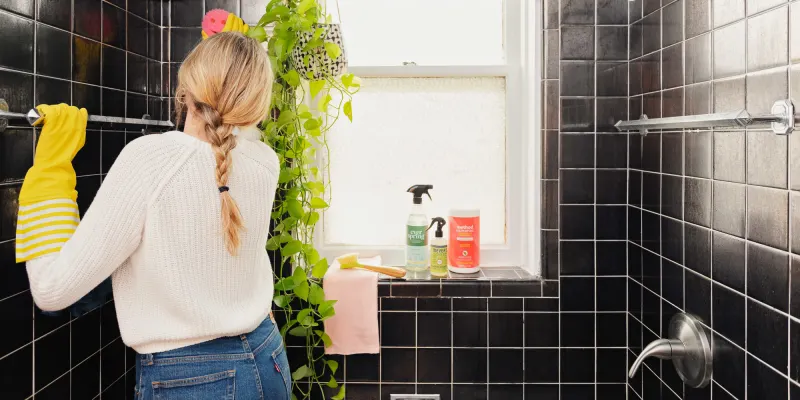
Credit: www.apartmenttherapy.com
Using a Steam Cleaner for Tough Stains
A steam cleaner can be a powerful tool for cleaning tough stains on bathroom tiles. Here’s how to use a steam cleaner to clean your bathroom tiles:
- Fill the steam cleaner with water and turn it on to heat up.
- Use the steam cleaner to apply steam to the tile surface, focusing on areas with stubborn stains or buildup.
- Use a scrub brush or sponge to gently scrub the tile surface while it’s still hot from the steam.
- Wipe down the tile surface with a microfiber cloth to remove any remaining dirt or residue.
Steam cleaning can be an effective way to clean tough stains on bathroom tiles without the need for harsh chemicals or abrasive cleaners. However, it’s important to use caution when using a steam cleaner, as the high temperature of the steam can cause burns or damage to certain types of tiles. Always read the manufacturer’s instructions and test the steam cleaner on a small, inconspicuous area of your tiles before using it on the entire surface.
Tips for Maintaining Clean Bathroom Tiles
Keeping your bathroom tiles clean is an ongoing task, but there are a few things you can do to help maintain their cleanliness between deep cleanings. Here are some tips for maintaining clean bathroom tiles:
- Wipe down your tiles after each use: Use a squeegee or a microfiber cloth to wipe down your tiles after each use. This will help prevent water spots and soap scum buildup.
- Use a daily shower spray: A daily shower spray can help prevent mildew and soap scum buildup. Simply spray the tiles with the solution after each use and wipe them down with a clean cloth.
- Clean up spills and stains immediately: If you spill something on your tiles, clean it up as soon as possible to prevent it from setting in and staining the grout.
- Seal your grout: Grout is porous and can easily absorb dirt and stains. Sealing your grout can help prevent this and make it easier to clean.
- Ventilate your bathroom: Humidity can promote mold and mildew growth, so make sure your bathroom is well-ventilated. Use an exhaust fan or open a window to help circulate air and reduce moisture.
By following these tips, you can help maintain the cleanliness and appearance of your bathroom tiles, reducing the need for deep cleanings and prolonging the life of your tile surfaces.
